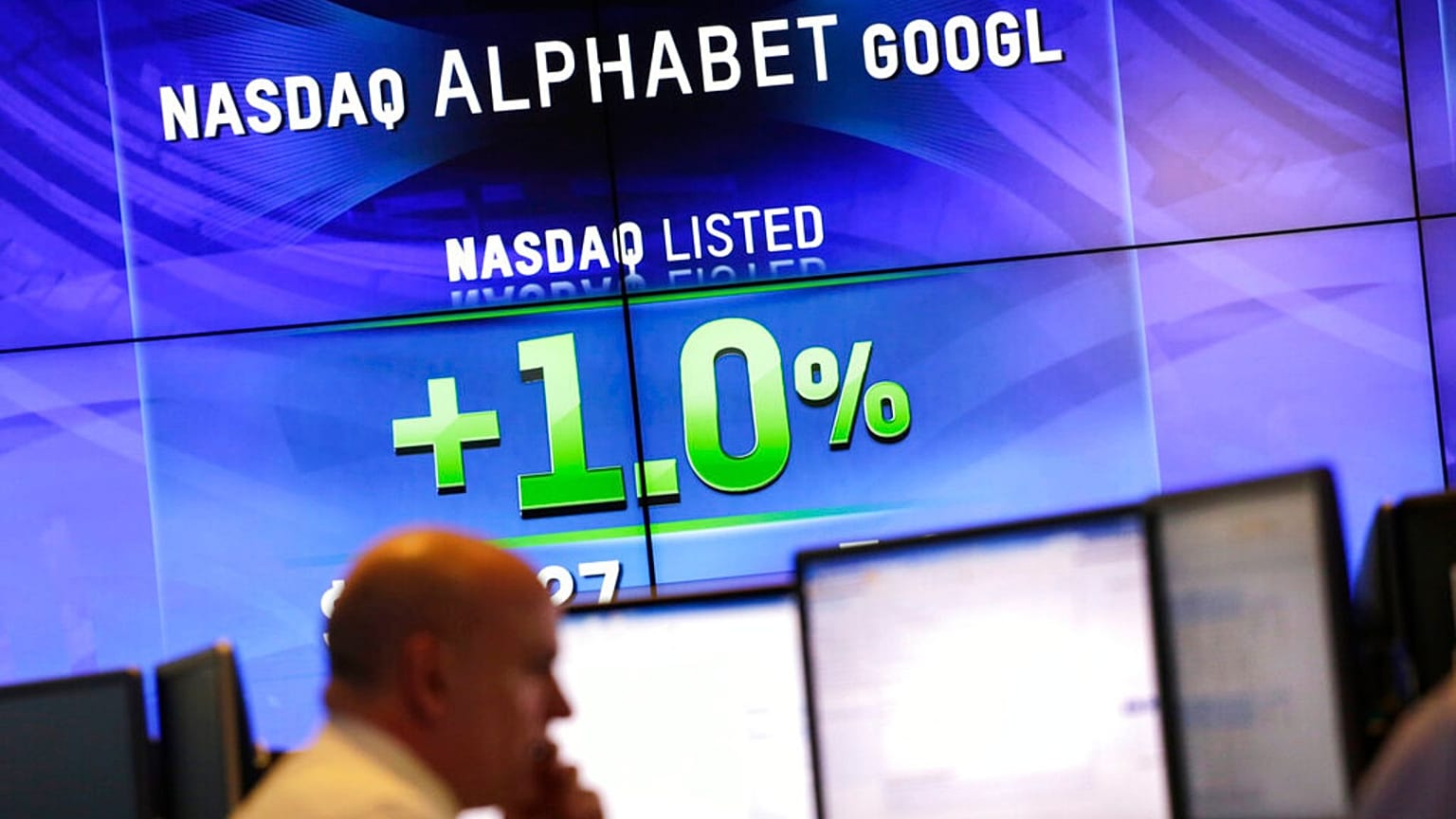US tech stocks tracked by the Nasdaq 100 index reached new all-time highs on 19 December, surpassing the previous peak reached in 2021.
What's even more surprising is that this feat has been achieved while US interest rates remain at 5.5%, a factor that many believed would act as an insurmountable brake for the Nasdaq 100’s rally.
Year-to-date, the US tech index has surged by an impressive 55%, marking its best year since the tech dot-com boom of 1999.
Meanwhile, on the other side of the Atlantic, the Euro Stoxx technology index has risen by 33% year-to-date, but it remains about 10% lower than its previous highs in 2021.
The glaring question that emerges from this discrepancy is, why do European tech stocks continue to underperform their American counterparts?
The answer lies in the numbers, and the undeniable dominance of American tech stocks on the global stage, particularly in high-value-added sectors like artificial intelligence, semiconductors, and electric vehicles.
The seven largest US technology companies, often referred to as the "Magnificent Seven" and comprising Alphabet Inc (Google), Amazon.com Inc, Apple Inc, Meta Platforms Inc, Microsoft Corp, Nvidia Corp, and Tesla Inc, boast a combined market value exceeding a staggering $12 trillion (€11 trillion).
To put this in perspective, their value is almost equivalent to the combined gross domestic products of the four largest European economies: Germany, the United Kingdom, France, and Italy, which amount to $13 trillion.
When we compare Europe's seven largest tech companies, their combined market capitalisation is a mere $705 billion, which is roughly 20 times lower than that of their American counterparts.
In terms of revenue, over the past 12 months, the Magnificent Seven have generated an astonishing $1,720 billion, whereas their European counterparts have managed only $133 billion.
However, it's important to note that the United States' technological dominance isn't a recent development; it has been a prevailing trend for well over a decade.
Over the past 10 years, the average annual revenue growth rate for major US tech companies has been an impressive 27%, while European tech companies have lagged behind with an average annual revenue increase of only 10%.
American tech companies have consistently outperformed their European counterparts across every key industry. For instance, in June 2000, the market capitalization of Finland's Nokia stood at €300 billion, a whopping 15 times higher than Apple's market value of €20 billion. Fast forward to December 2023, and Apple's market value has soared to over $3 trillion, making it 175 times larger than Nokia.
Even in the automotive sector, the pride of the German economy, European companies are playing catch-up with their American counterparts.
Tesla, with a market cap of $817 billion, is now more than 10 times larger than the top German automaker, Volkswagen AG.
And let's not forget the semiconductor industry. Europe's largest chipmaker, ASML Holding, has only a fifth of the market value of Nvidia Corp.
In conclusion, the reasons behind European tech firms struggling to compete with their US counterparts are deeply rooted in a long-standing trend of American dominance in high-tech sectors. To bridge this gap, Europe needs to prioritize innovation, invest heavily in research and development, and create a more favourable environment for tech startups.


















